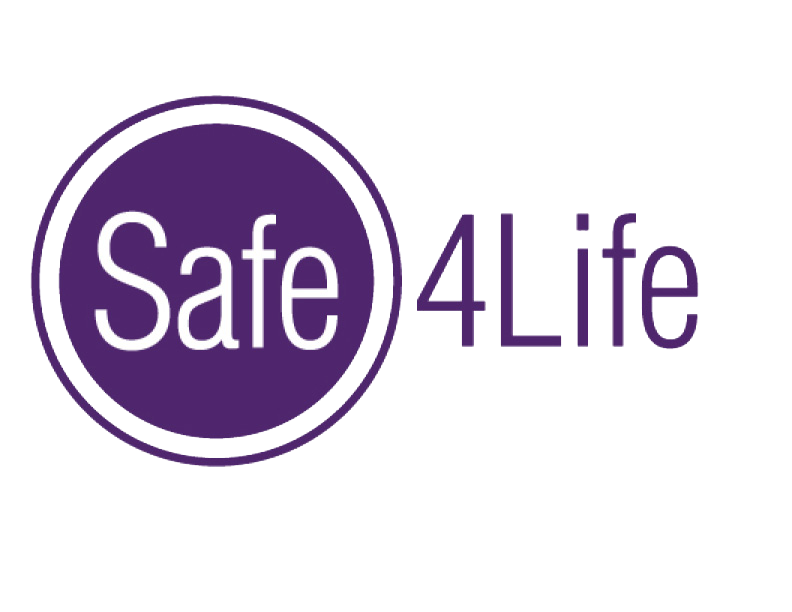1. Be aware – notice who is around you, notice how you feel about the people who are near you. Do you feel safe or scared? If you feel uncomfortable, move to a place nearby where you feel safer.
2. Stand up tall and look confident – put your shoulders back and keep your head up. If you look confident, you will feel confident. Others will notice and are less likely to see you as a target.
3. Stay together – we are always safer in groups. Make sure you are in the community with other people, and stay with your friends.
4. Tell where you are going – if you want to leave the group, let the others know, especially the person who may be the leader of the group. Ask if someone wants to come with you, and ask the group to wait for you. Make sure you return to the group when you said you would.
5. Boundaries – remember your personal bubble and make sure only safe people are welcome to be in close. If someone comes into your bubble, its your job to fix it and move out of the way to a spot close by where you feel safer.
6. Move away from trouble or uncomfortable situations and move toward people or places where you feel safer.
7. Only use one earbud when listening to music. Keep the other ear free in case you need to hear something important.
8. Keep important phone numbers and contact information in a concealed pocket in your coat or backpack.
9. Get Help – Always let a safe person know of a situation that has caused you to be uncomfortable.
10. Have a Safety Plan with people who are close to you – either family members or caregivers. Talk about it often, and practice it. Make sure your Safety Plan includes moving to safety, protecting your body, and getting help.

